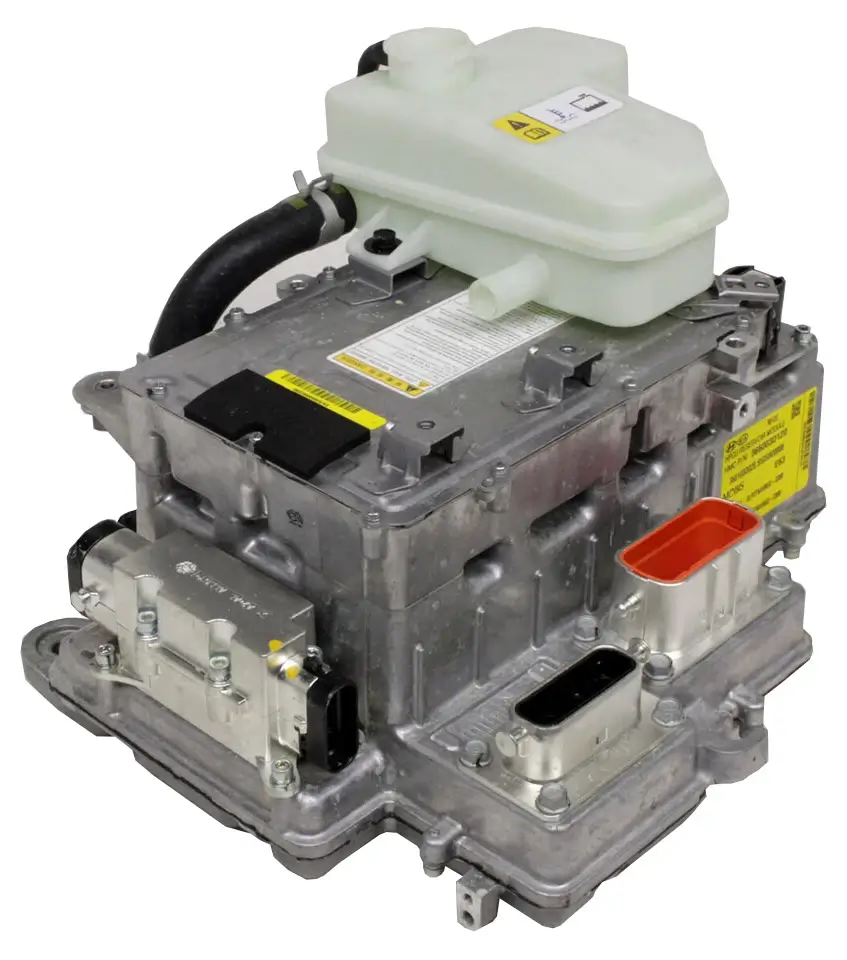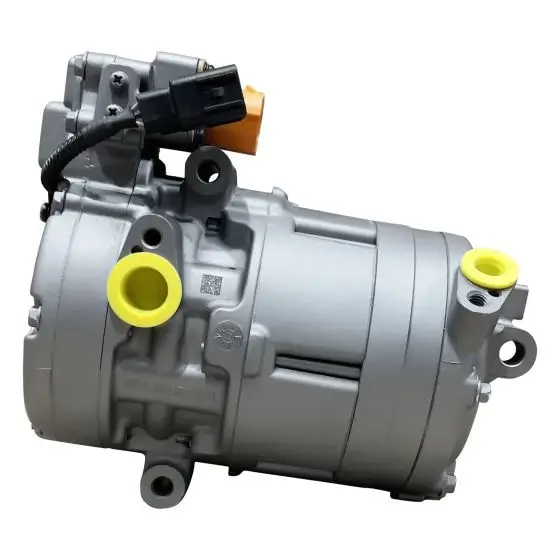How the Hyundai hybrid works
The Hyundai hybrid has a gas engine, lithium battery, and regenerative braking
Hyundai’s hybrid vehicles combine a gasoline engine with an electric motor to achieve better fuel efficiency and lower emissions compared to traditional gasoline-only vehicles. The integration of these two power sources allows the vehicle to utilize the most efficient power source depending on the driving situation. Here’s a basic overview of how Hyundai’s hybrid system works
Hyundai hybrid vehicles have an Internal Combustion Engine (ICE)
This is the traditional gasoline engine you’d find in most vehicles. It converts fuel into motion and generates power to move the car.
Hyundai hybrid vehicles have an Electric Motor
The electric motor works in tandem with the ICE to provide power to the wheels. It can also power the car on its own during low-speed driving conditions, like in city traffic.
Hyundai Hybrid uses one 12-volt lead acid battery
The hybrid system stores electrical energy in a high-capacity battery pack. This energy is used to power the electric motor when required.
The Hyundai Hybrid uses a 12-volt battery to powers all of the standard electronics. The 12-volt battery is located in the trunk on the passenger side of the vehicle and is accessed by removing a small cover. If the 12-volt battery is disconnected, the hybrid system can’t function.
Before disconnecting the battery, you must remove the IG1 relay from the fuse box under the hood. After the 12-volt battery is disconnected, you can remove the service plug on the battery pack to disconnect the battery pack
Hyundai Hybrid lithium battery
The Lithium-ion Polymer HV battery contains 72 3.75V cells wired in series for a voltage of 270V with 5.3 Ah of capacity. The battery uses a gel electrolyte. The lithium battery is located behind the rear seat in the trunk area. The battery pack weighs about 93 pounds.
Lithium battery cooling
The battery is cooled using a blower motor mounted on the battery pack. The air intake is located on the rear package shelf that looks like a speaker grille. Do not block the air intake with packages, coats, etc. Also if you carry pets in the vehicle, vacuum the fan to assure full airflow to the battery. A clogged cooling fan can set a code P1BA1 indicating a high-voltage battery fan fault. The blower can be serviced or replaced. Also, check the ducting for damage or obstructions.
Regenerative Braking: When you apply the brakes or coast, the hybrid system captures some of the energy usually lost as heat. This energy is converted into electricity and stored in the battery for later use. This process is called regenerative braking.
Hyundai Hybrid Computer Control System
The Hyundai hybrid system has both a
motor control unit (MCU) and hybrid control unit (HCU). The MCU and HCU work in conjunction with other modules like the ECM and TCM.
Like other hybrids, the Hyundai high-voltage system has its own internal ground that is not connected to the chassis of the vehicle. Current from the high-voltage battery is controlled by the Power Relay Assembly (PRA), which consists of positive and negative main relays, a pre-charge relay, pre-charge resistor, and the battery current sensor. The relays are controlled using power from the 12-volt battery which is why they must be disabled before disconnecting the 12-volt battery. The PRA is located inside the high-voltage battery pack assembly and controls the high-voltage power circuit between the battery and the HCU.
The HCU constantly monitors driving conditions and determines the most efficient way to use the two power sources (ICE and electric motor). For instance, when accelerating or climbing a hill, both the engine and electric motor might work together. During light cruising or low-speed conditions, the electric motor might take over entirely and shut down the ICE.
The Hyundai Hybrid uses regenerative braking to charge the lithium battery and stop/start features to save gas when the vehicle is stopped
Regenerative braking slows the vehicle by using wheel motion to turn the generator. If regenerative braking can’t slow the vehicle fast enough, the traditional hydraulic braking system takes over. Due to the limited amount of hydraulic braking, the traditional braking systems in hybrid vehicles are prone to early failure due to rust from non-use.
Start-Stop Systems are designed to save up to 8%-12% MPG in traditional non-hybrid applications, so they produce less savings in hybrids
If the Hyundai Hybrid is operating with the gasoline engine, the start/stop sytem will shut down the engine during stop events. However, since stop and go driving usually uses the electric motor, owners won’t see the same kind of savings from a start/stop system in a hybrid as they would in an ICE vehicle.
Specially designed Transmission
Hyundai hybrid vehicles utilize a specially designed transmission that can manage power from both the electric motor and the gasoline engine. It’s designed for seamless transitions between the two power sources.
Hybrid Starter Generator (HSG)
The HSG is mounted to the front of the engine near the intake manifold and is belt-driven. It cranks the ICE for starting and acts as a generator when the HV battery needs charging.
Hybrid HVAC System
The A/C compressor in a Hyundai
hybrid is an electric compressor. It uses 270-volts from the lithium battery. The compressor is located under the HSG on the engine.
The AC system uses Polyvinyl Ether (PVE) oil that is non-conductive because the oil cools the electric motor windings. If PVE oil gets mixed with conventional PAG oil, it may cause decreased volumetric resistivity due to dielectric breakdown. This may result in permanent damage to the electric A/C compressor. NEVER add PAG oil to the AC system on a Hyundai Hybrid vehicle.
The most important service item in the first-generation Hyundai hybrid is the software. Since the introduction of the hybrid Sonata, Hyundai has been refining the software for the hybrid, HVAC and transmission control systems. Some of the new software and calibrations were released long after the first generation ceased production. Always check the calibration and available updates if a customer is experiencing an odd problem.
Driver battery gauges
The instrument cluster displays the state of charge as a bar graph with L indicating 30% charge and H indicating 80%. It is not an indication of the Actual HEV Battery. The state of charge (SOC) of the lithium battery must be viewed with a scan tool that can access the HCU module.
If the car runs out of fuel, the vehicle will run on the lithium battery but in limited speed, depending on the state of charge (SOC) levels. The Hyundai hybrid system sees this as a high or rapid discharge event. If the driver continues driving and discharges the battery too much, the HCU will stop the vehicle and turn on the service indicator for the hybrid system.
As the lithium battery discharges from 30% down to 25%, the vehicle will gradually slow to a stopped condition. The engine should be able to run again and charge the battery after fuel is added so long as the lithium battery does not fall below 20%.
If the system fell below 20%, a scan tool might be required to restart the engine and charge the battery after fuel is added. The procedure is called an “Engine On Test.”
©, 2023 Rick Muscoplat
Posted on by Rick Muscoplat


